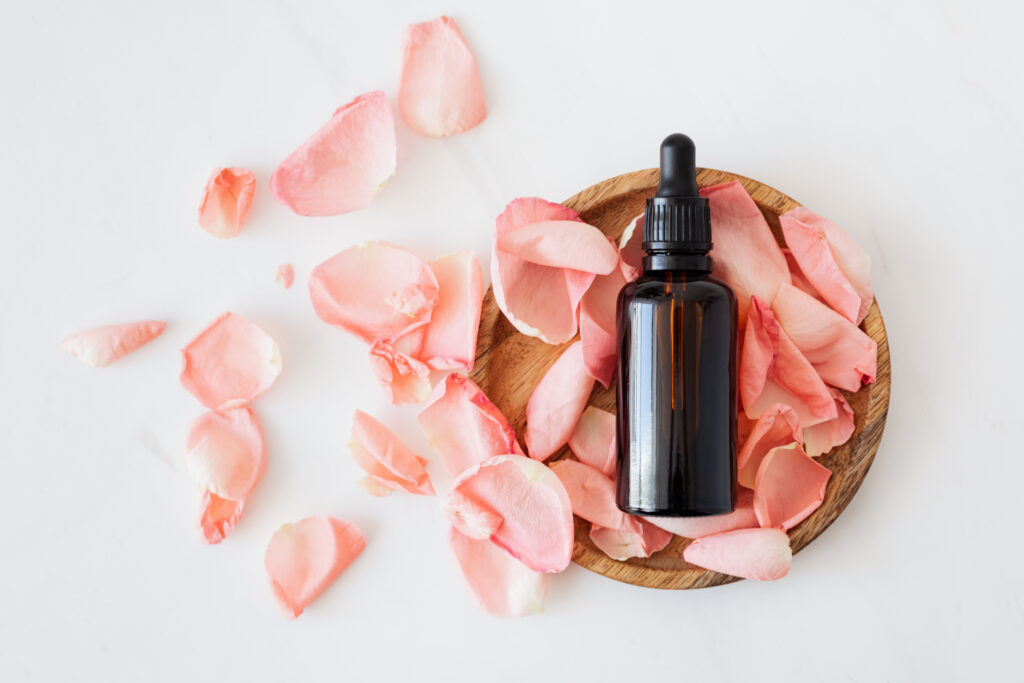
If you’re searching for a cost-effective and natural way to tackle the grime and stains in your microwave, look no further! Discover the powerful cleaning potential of a simple mixture of baking soda and water. This dynamic duo can work wonders, effortlessly removing stubborn food residue and leaving your microwave sparkling clean. Say goodbye to harsh chemicals and say hello to a fresh and pristine microwave – all with just a few household ingredients! So, grab your apron and let’s explore the magic of baking soda and water for a sparkling clean microwave.
Can I Use a Mixture of Baking Soda and Water to Clean My Microwave?

Introduction
Cleaning your microwave is an important task that helps to maintain its efficiency and hygiene. There are various methods and products available to clean a microwave, but one popular and effective option is using a mixture of baking soda and water. In this article, we will delve into the process of cleaning your microwave with baking soda and water, its benefits, precautions to take, and alternative cleaning methods. Additionally, we will provide important tips on how to maintain a clean microwave for long-lasting results.
Understanding the Microwave Cleaning Process
Before we explore the method of using baking soda and water to clean your microwave, it’s important to understand the cleaning process. Over time, food particles and spills accumulate in the microwave, leading to unpleasant odors and stains. Regular cleaning helps prevent the buildup of grime and bacteria, ensuring that your microwave remains clean and safe to use.

Benefits of Using Baking Soda and Water
Baking soda is a versatile cleaning agent that has been used for generations to tackle a wide range of cleaning tasks. When mixed with water, baking soda forms a gentle yet effective cleaning solution. Here are some key benefits of using a mixture of baking soda and water to clean your microwave:
-
Natural and non-toxic: Baking soda is a natural ingredient that is safe to use in households with children and pets. Unlike harsh chemical cleaners, baking soda poses no risk of poisoning or exposing your family to harmful fumes.
-
Odor removal: Baking soda has excellent odor-absorbing properties. By using it to clean your microwave, you can eliminate unpleasant smells caused by food remnants or spills.
-
Gentle cleaning: Baking soda is mildly abrasive, making it suitable for removing stains and grime without scratching or damaging the surfaces of your microwave.
-
Versatility: In addition to microwaves, baking soda can be used to clean various other kitchen appliances, countertops, sinks, and even as a deodorizer in your refrigerator.
Precautions Before Cleaning
Before you start cleaning your microwave with baking soda and water, it is important to take a few precautions to ensure your safety and the best cleaning results:
-
Safety first: Unplug your microwave from the power source before starting the cleaning process. This will prevent any accidents or electrical shocks.
-
Cool it down: Always ensure that your microwave is completely cool before attempting to clean it. Cleaning a hot microwave can be dangerous and may also lead to ineffective cleaning.
-
Remove loose debris: Before applying the baking soda and water mixture, remove any loose food debris or spills from the microwave using a damp cloth or sponge.
-
Follow manufacturer’s instructions: Different microwaves may have specific cleaning instructions provided by the manufacturer. It is always recommended to refer to your microwave’s manual for any specific guidelines or restrictions.

Materials Required
To clean your microwave using baking soda and water, you’ll need the following materials:
-
Baking soda: This is the main cleaning agent that will help remove stains and odors from your microwave.
-
Water: Mix water with baking soda to create a paste-like consistency that can be easily applied and spread across the microwave surfaces.
-
Microwave-safe bowl: Choose a bowl that is safe to use in the microwave. This will be used to hold the water and baking soda mixture during the cleaning process.
-
Cloth or sponge: Use a soft cloth or sponge to apply the baking soda and water mixture and to wipe down the microwave surfaces.
Step-by-Step Guide to Cleaning Your Microwave
Now that you have all the necessary materials, let’s take a look at the step-by-step guide to cleaning your microwave with baking soda and water:
-
Prepare the mixture: In a microwave-safe bowl, combine two tablespoons of baking soda with a cup of water. Mix well until the baking soda has dissolved and a paste-like consistency is formed.
-
Apply the mixture: Use a cloth or sponge to apply the baking soda and water mixture to the interior surfaces of your microwave. Pay special attention to areas with stubborn stains or dried food particles.
-
Let it sit: After applying the mixture, let it sit for about 10-15 minutes. This will give the baking soda enough time to loosen any stains or debris, making it easier to clean.
-
Wipe down: Using a clean cloth or sponge, wipe down the interior surfaces of the microwave, removing the baking soda and water mixture. Make sure to remove all residue and stains.
-
Clean the turntable and accessories: Remove the turntable and any detachable accessories from the microwave and wash them separately using warm soapy water. Rinse thoroughly and dry before placing them back in the microwave.
-
Dry the microwave: After cleaning, use a dry cloth or paper towel to thoroughly dry the interior of the microwave, including the walls, ceiling, and door.
Alternative Cleaning Methods
While using baking soda and water is a highly effective method to clean a microwave, there are alternative cleaning methods that you may consider:
-
Vinegar and water: Similar to baking soda, vinegar can also be used as a cleaning agent. Create a mixture of equal parts vinegar and water in a microwave-safe bowl. Heat the mixture inside the microwave for a few minutes until it starts to steam. This will help loosen stains and odors, making it easier to wipe clean.
-
Lemon juice: Lemon juice is another natural cleaning agent that can be used to clean microwaves. Squeeze the juice of one lemon into a microwave-safe bowl filled with water. Heat the mixture for a few minutes until it begins to steam. The steam will help soften stains and eliminate odors, making cleaning a breeze.
-
Commercial microwave cleaners: If you prefer ready-made cleaning solutions, there are various commercial microwave cleaners available in the market. These products are specifically designed to remove stubborn stains and eliminate odors from microwaves.
Common Mistakes to Avoid
When cleaning your microwave, it’s important to avoid common mistakes that could lead to damage or ineffective cleaning. Here are a few mistakes to avoid:
-
Using abrasive scrubbers: Avoid using harsh scrubbers or abrasive cleaning tools that could scratch or damage the interior of your microwave. Stick to soft cloths or sponges for gentle cleaning.
-
Neglecting the exterior: While cleaning the interior of your microwave is crucial, don’t forget to clean the exterior surfaces as well. Use a mild cleaning solution and a soft cloth to wipe down the outside of the microwave and remove any fingerprints or stains.
-
Using excess water or cleaning solution: It’s important to use the right amount of water and baking soda mixture to clean your microwave. Using too much solution can result in excessive moisture, which may cause damage to the electronic components of the microwave.
Tips for Maintaining a Clean Microwave
Cleaning your microwave regularly is essential for maintaining its cleanliness and efficiency. Here are a few tips to help you maintain a clean microwave:
-
Cover food before heating: To prevent food spills and splatters, cover your food with a microwave-safe cover or paper towel before heating. This will minimize the chances of stains and odors building up inside the microwave.
-
Wipe spills immediately: If any spills occur during the microwaving process, wipe them up as soon as possible. This will prevent them from drying and becoming harder to clean later on.
-
Use microwave-safe containers: Always use microwave-safe containers when heating or cooking food in the microwave. Non-safe containers may melt or release harmful chemicals, leading to stains and unpleasant odors.
-
Regular deep cleaning: In addition to regular wipe-downs, deep clean your microwave using the baking soda and water mixture or one of the alternative cleaning methods discussed earlier. Aim to deep clean every few weeks or whenever you notice stubborn stains or odors.
Conclusion
Cleaning your microwave regularly using a mixture of baking soda and water is a safe and effective method to maintain its cleanliness and hygiene. The natural properties of baking soda make it an ideal cleaning agent, helping to remove stains, eliminate odors, and keep your microwave in optimal condition. By following the step-by-step guide provided in this article and taking necessary precautions, you can enjoy a sparkling clean microwave for years to come. Remember to also incorporate the tips for maintaining a clean microwave to ensure long-lasting cleanliness and efficiency. Happy cleaning!